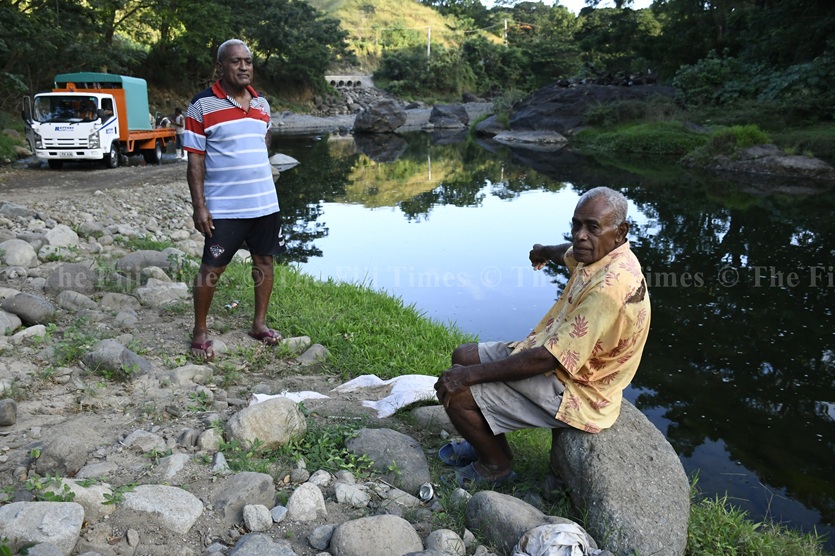People living along the Sabeto River have a right to be concerned following the discovery of dead fish, eels and frogs floating in their waterway.
For communities living along the river, these distressing signs are more than an environmental issue. They serve as a threat to their health, livelihood and way of life!
In fact residents near Korobebe Village, the worst affected area, believe the negative impact on the river is connected to high copper levels, believed to come from the nearby mining site.
Sabeto district headman Apisalome Saukuru claimed concerns about mine waste runoff were raised at a Sabeto Tikina meeting earlier this year.
Korobebe Village headman Ropate Navilalutu, he said, raised the issue, suggesting the river was changing colour and he believed the mine was to blame.
“We held talks with Lion One, and they assured us nothing like this would happen. They kept saying, ‘It’s safe’.”
Mr Saukuru said the district requested a thorough water analysis to protect those who fish, wash and swim in the river but have yet to receive a response.
Interestingly, Lion One Metals chief operating officer Patrick Hickey confirmed contaminated water containing elevated copper levels was discharged from their pond last Thursday.
Some fish species near the mine, he suggested, were especially vulnerable to copper.
Acknowledging the incident was caused by human error, he said, it was due to a verbal miscommunication between the mill operations and environmental teams.
“I want to assure the community this will not happen again,” he said.
In a statement, the Ministry of Environment and Climate Change confirmed that Lion One Ltd holds a valid Environmental Impact Assessment (EIA) that requires all wastewater to be treated in settling ponds and meet national liquid waste standards under the Environmental Management Regulations of 2007.
As the Ministry conducts tests to pinpoint the contamination source, we raise questions about what happened.
What exactly is in the water now? Who is responsible for the release?
How long has this been happening?
And most importantly, why was the public not warned sooner?
If there was any indication that the river was at risk, a timely public warning should have been issued. These are critical questions for both the authorities and the company involved.
There must be transparency and accountability.
The people deserve answers, not just from the mining company, but also from the agencies charged with protecting public health and the environment.
We need a clear account of what happened, when it happened, and what is being done to ensure it doesn’t happen again.
Until then, the people of Sabeto must remain vigilant and be careful when using the waterway.
This incident is a wake-up call. We must do better than this!



